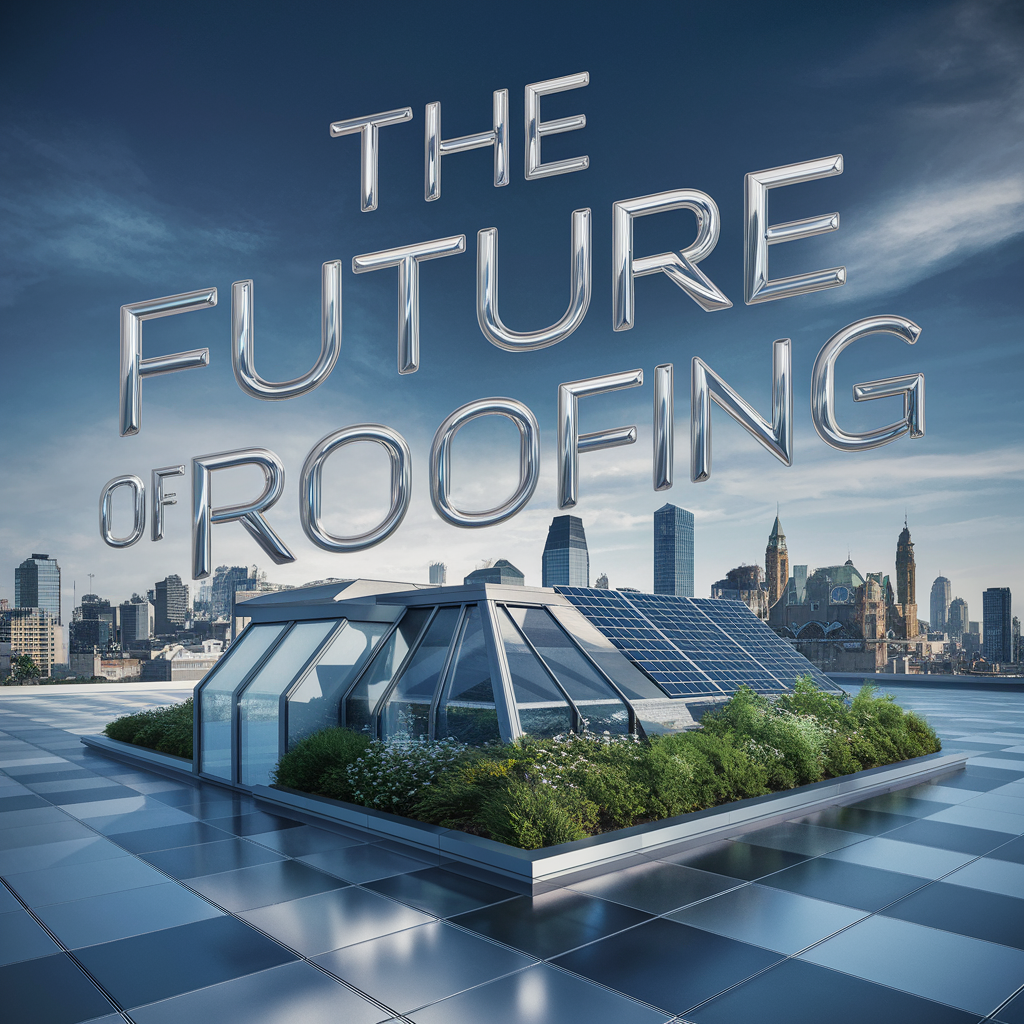Sustainability is no longer a trend; it is a necessity in modern architecture. With increasing environmental concerns and a demand for energy-efficient homes, leading architect in London and Hampshire are at the forefront of designing sustainable residential spaces that blend style with eco-conscious living. These experts are redefining home design by incorporating cutting-edge technology, sustainable materials, and innovative construction techniques to minimize carbon footprints while maximizing comfort and efficiency.
The Importance of Sustainable Home Design
Sustainable home design focuses on reducing environmental impact by optimizing energy use, improving insulation, incorporating renewable energy sources, and using responsibly sourced materials. In cities like London and regions like Hampshire, where architectural heritage meets contemporary innovation, architects face the challenge of designing homes that not only meet modern sustainability standards but also blend seamlessly with their surroundings.
Several factors contribute to sustainable architecture, including:
- Energy Efficiency: Ensuring homes require less energy for heating, cooling, and electricity.
- Renewable Energy Sources: Using solar panels, wind turbines, and geothermal heating.
- Eco-friendly Materials: Sourcing locally produced, recycled, or sustainable building materials.
- Smart Home Technology: Integrating AI-driven systems to optimize energy consumption.
- Water Conservation: Utilizing rainwater harvesting and greywater recycling systems.
Key Sustainable Design Features
1. Passive House Standards
Many architects in London and Hampshire are designing homes that meet Passive House standards—a rigorous energy efficiency standard that drastically reduces heating and cooling demands. These homes feature high-performance insulation, airtight construction, and advanced ventilation systems to maintain optimal indoor temperatures without relying on traditional heating or cooling systems.
2. Solar Energy Integration
Solar panels have become a staple in sustainable home designs. Many architects now integrate solar photovoltaic (PV) systems into rooftops or facades, allowing homeowners to generate their electricity and reduce reliance on non-renewable energy sources.
3. Green Roofs & Living Walls
Green roofs and living walls are increasingly being incorporated into urban homes, especially in London, where space is limited. These features enhance insulation, reduce rainwater runoff, and improve air quality by filtering pollutants.
4. Sustainable Building Materials
Architects are moving away from traditional concrete and steel and opting for sustainable alternatives such as:
- Cross-Laminated Timber (CLT): A strong and renewable material that reduces carbon emissions.
- Recycled Steel & Concrete: Reduces waste and minimizes environmental impact.
- Hempcrete: A biodegradable and energy-efficient alternative to concrete.
5. Smart Home Technology
Leading architect Hampshire integrate smart home systems to optimize energy usage. These include:
- Automated Lighting & Climate Control: AI-driven sensors adjust lighting and temperature based on occupancy and natural daylight.
- Smart Water Systems: Efficient water usage through smart irrigation, leak detection, and greywater recycling.
- Energy Monitoring: Real-time tracking of energy consumption to optimize efficiency.
Case Studies: Exemplary Sustainable Homes
1. The Eco House in Hampshire
Designed by a leading Hampshire-based architectural firm, this home features:
- A timber frame construction for sustainability.
- Triple-glazed windows to enhance insulation.
- A ground-source heat pump for energy-efficient heating.
- A rainwater harvesting system to reduce water wastage.
2. The London Zero-Carbon Townhouse
Located in central London, this home is an exemplary model of net-zero design, featuring:
- Solar PV panels integrated into the roof.
- A battery storage system to optimize energy use.
- Recycled and locally sourced construction materials.
- A green roof that provides insulation and biodiversity.
The Future of Sustainable Home Design
As climate change concerns continue to shape the construction industry, architects in London and Hampshire will play a crucial role in pioneering greener living solutions. The integration of sustainable materials, energy-efficient systems, and smart home technologies will become standard in residential architecture. Additionally, government incentives and stricter building regulations will drive further adoption of eco-friendly practices.
Conclusion
Sustainable home design is no longer an option but a necessity for modern living. Leading architects in London and Hampshire are setting new benchmarks for energy efficiency, material innovation, and eco-conscious living. Whether through Passive House standards, renewable energy integration, or smart home technologies, these architects are reshaping the future of residential design. As homeowners increasingly prioritize sustainability, the architectural landscape will continue evolving toward greener, smarter, and more efficient homes.
FAQs
1. What are the key benefits of sustainable home design?
Sustainable homes reduce energy consumption, lower utility bills, improve indoor air quality, and minimize environmental impact.
2. Are sustainable homes more expensive to build?
While initial costs may be higher, sustainable homes save money in the long run through energy efficiency and lower maintenance costs.
3. What is Passive House design?
Passive House design is a building standard that focuses on extreme energy efficiency, airtight construction, and advanced ventilation systems.
4. How can I make my existing home more sustainable?
You can improve insulation, install solar panels, use energy-efficient appliances, and incorporate smart home technology for better energy management.






